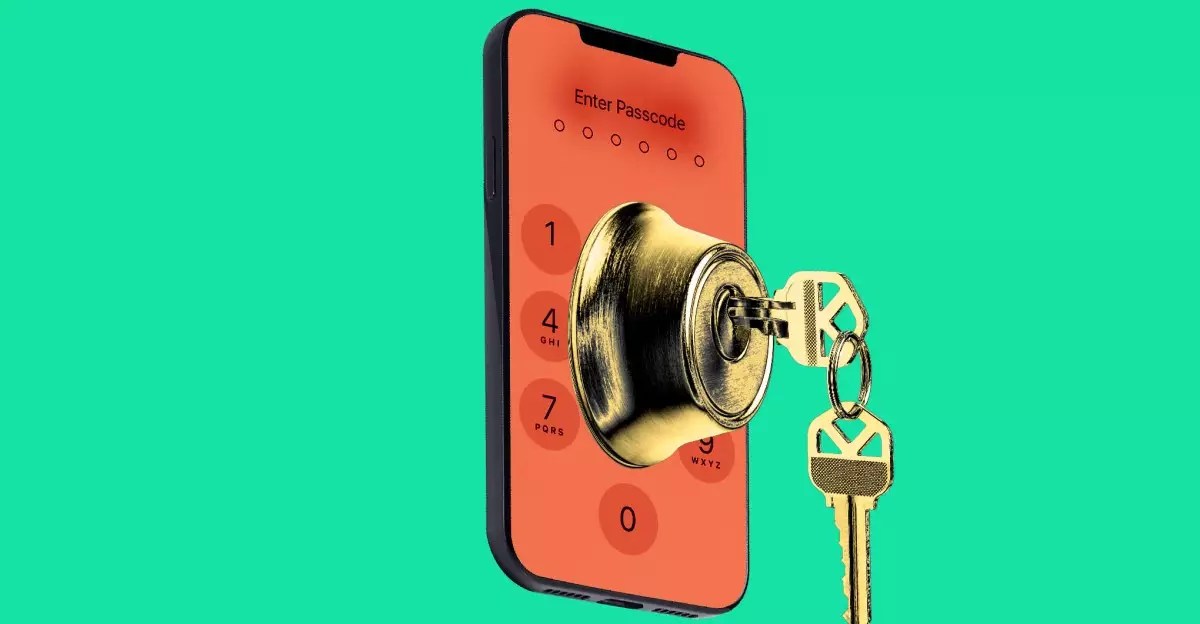In an era where our lives are increasingly intertwined with digital communication tools, security enhancements must evolve beyond basic safeguards. AT&T’s introduction of the Account Lock feature signifies a proactive shift that prioritizes customer empowerment and control. Rather than relying on reactive customer service or complicated verification processes post-breach, this feature integrates seamlessly into users’ routines, offering real-time protection against a growing threat landscape. Its design underscores the importance of preventative security—aiming less to fix damages after they occur and more to prevent the initial breach altogether.
Such innovation reflects a broader recognition: the traditional methods of verifying identity are now insufficient in thwarting advanced social engineering and SIM swapping attacks. The move to allow customers to lock their accounts at will heralds a new era where consumers hold the reins of their own digital safety. This approach not only mitigates the risk of unauthorized changes but also empowers users to be vigilantly in control, shifting some of the security responsibility directly onto individuals rather than relying solely on carrier safeguards.
Addressing the Growing Menace of SIM Swapping
The rise of SIM swapping attacks is alarming, revealing the fragility of existing security methods in the face of sophisticated social engineering. Malicious actors often exploit human vulnerabilities—posing as customers or leveraging stolen personal information—to manipulate carrier representatives into transferring victims’ phone numbers. Once in control, they can intercept two-factor authentication messages, access sensitive accounts, and even commit financial fraud. The gravity of this threat calls for bold, systemic solutions, which AT&T’s new Account Lock aims to provide.
While other carriers like T-Mobile, Verizon, and Google Fi have already implemented similar protections, AT&T’s feature enhances the landscape by giving users direct agency over their safety measures. Its straightforward activation process via the myAT&T app makes security more accessible, encouraging users to take immediate precautionary steps rather than waiting for breaches to occur. This shift towards user-driven security demonstrates a commitment to staying ahead in the cybersecurity arms race, recognizing that technological safeguards must be complemented by empowered consumers.
Challenging the Status Quo of Telecom Security
In rolling out the Account Lock feature, AT&T challenges the complacency that too often pervades the telecommunications industry. Historically, carriers have relied heavily on static security protocols, which are vulnerable to clever deception. By granting customers the ability to lock down their account information—preventing changes to billing details, phone numbers, and device upgrades—AT&T aligns itself with the future of consumer security: customizable, transparent, and user-centric.
This move is a bold acknowledgment that security cannot be a one-size-fits-all solution dictated solely by corporate policies. Instead, it must adapt to each individual’s risk profile and comfort level. The added layer of notification sent to account holders about any lock toggling further enhances transparency and accountability. Such features demonstrate a growing industry awareness: security is an ongoing, collaborative effort between providers and users. Attitudes are shifting from a reactive stance to one of proactive guardianship, where consumers are encouraged to take an active role in defending their digital identities.
Ultimately, AT&T’s move signifies a potent acknowledgment that the era of passive security protocols is over. The need for advanced, accessible safeguards that empower individuals is undeniable. By championing user control and transparency, this initiative not only strengthens defenses against evolving threats but also sets a new standard for what responsible corporate citizenship looks like in the digital age.


Leave a Reply